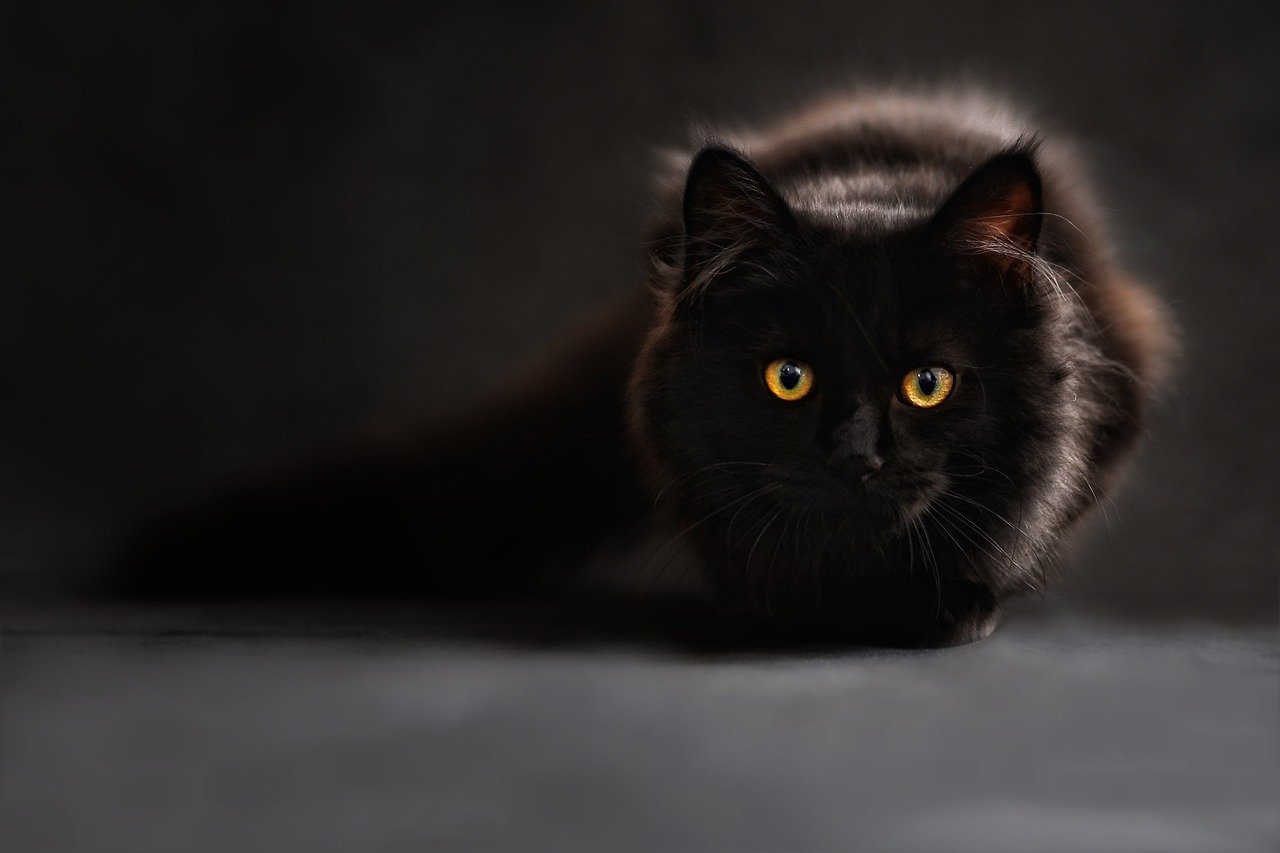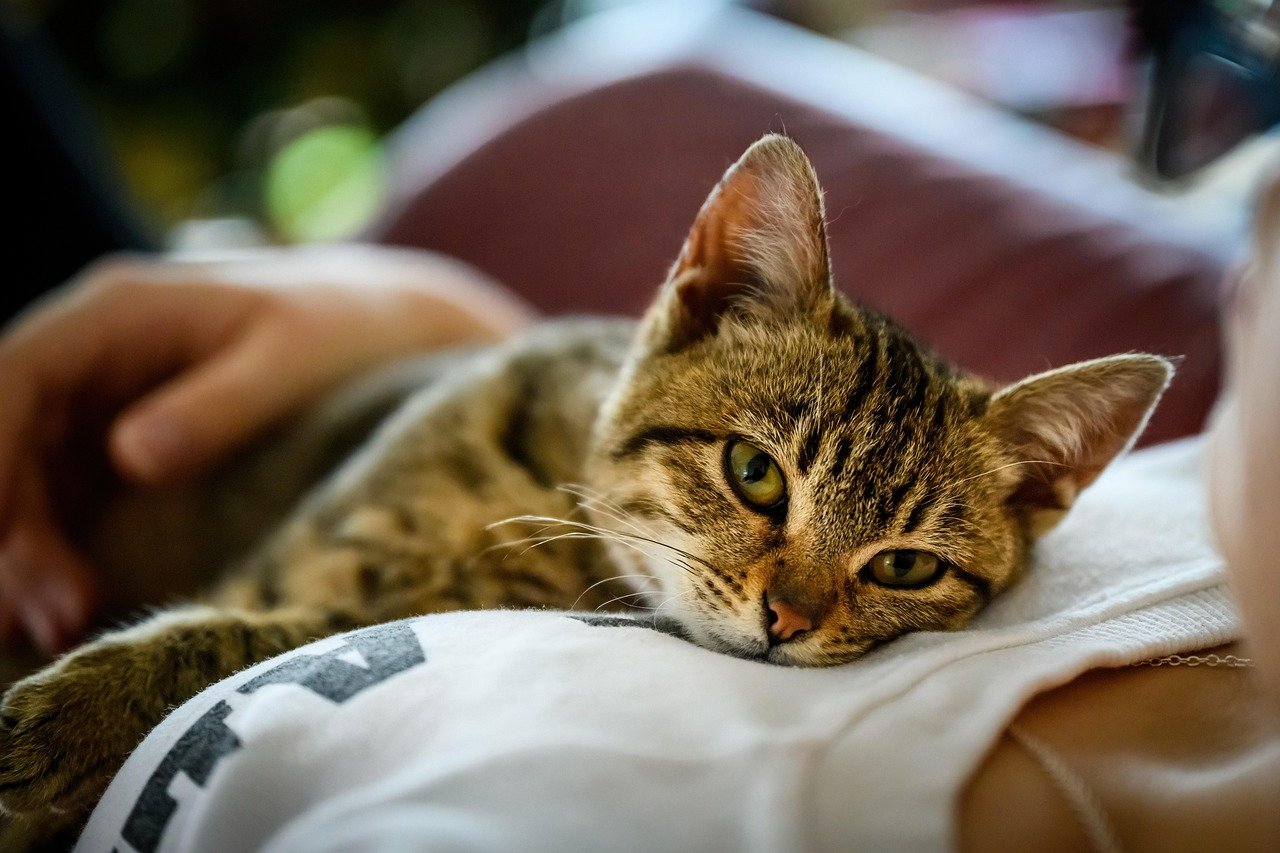Cats, those mysterious yet enchanting creatures, have an incredible ability to observe and adapt to the routines of their human companions. If you’ve ever wondered why your feline friend seems to know when it’s dinnertime or when you’re about to relax on the couch, it’s because they are keen observers and quick learners. Through a combination of instinct, keen observation, and a hint of clever manipulation, cats seamlessly integrate themselves into our daily lives, making them not just pets but integral members of our households.
The Power of Observation
Cats are natural observers. Just like a detective piecing together clues, your cat watches your every move, noting patterns and routines. This observational ability is part of their survival instinct. In the wild, observing predators and prey is crucial for survival. In domestic settings, this translates to understanding human behavior. Cats watch for cues, such as the sound of a can opener or the jingle of car keys, to predict what comes next. It’s as if they have a mental checklist, ticking off events as they occur throughout the day.
Adapting for Comfort
Comfort is a top priority for cats, and they will adapt their routines to maximize it. If they notice that you always settle on the couch at 7 PM, they might join you to snuggle and share in the warmth. Their internal clocks adjust to your schedule, so they know when to expect companionship or solitude. This adaptation isn’t just about physical comfort but emotional as well. Your presence can be soothing to them, and aligning their routine with yours ensures they get as much of it as possible.
Feeding Time Synchronization
One of the most evident ways cats adapt to human routines is through feeding times. Cats quickly learn the times you prepare meals, and they synchronize their hunger cues to match. If you’re an early riser who feeds them at dawn, they’ll develop an internal alarm clock. Conversely, if you’re a night owl, they adjust accordingly. It’s a dance of mutual expectation where cats rely on consistency for their feeding schedule and, in turn, remind you when it’s time to fill their bowls.
Learning Through Repetition
Cats thrive on repetition, and through repeated actions, they learn what to expect. If you always open a window at noon for fresh air, your cat will anticipate this and might even wait by the window a few minutes before. This learning through repetition creates a sense of predictability and security for them. They become adept at predicting your actions and may even nudge you to keep the routine if you forget.
The Role of Play and Interaction
Playtime is essential for a cat’s well-being, and they often adapt their play schedules to match your availability. If you typically play with them after dinner, they’ll be ready and waiting with their favorite toy. This not only satisfies their need for physical activity but also strengthens the bond between you. By aligning their playtime with your schedule, they ensure they get the attention they crave and the exercise they need.
Understanding Human Emotions
Cats, though often seen as aloof, are surprisingly sensitive to human emotions. They can sense when you’re happy, sad, or stressed and may adjust their behavior accordingly. If they detect you’re upset, they might offer comfort by staying close. This empathy is a testament to their adaptability, as they learn not just your routine but also your emotional cues. Their response can be a source of comfort and companionship, making them intuitive partners in our daily lives.
Nighttime Adaptations

Cats are naturally crepuscular, meaning they are most active during dawn and dusk. However, they adapt to the sleep patterns of their human companions. If you sleep through the night, they learn to adjust their active times to match your sleeping schedule. This adaptation might mean more playful energy bursts in the evening when you’re winding down and a tendency to sleep while you do. It’s a delicate balance that allows them to maintain their natural instincts while accommodating your lifestyle.
Communication Through Routine
Routine becomes a language of its own between cats and their owners. Through consistent actions, cats communicate their needs and expectations. For instance, a cat may wait by the door if they know you’re about to leave for work, signaling their understanding of your routine. Similarly, they may greet you when you return, indicating their excitement. This silent communication through routine fosters a deeper understanding and connection between you and your feline friend.
Bonding Through Routine

Routines offer more than just predictability; they are a foundation for bonding. By aligning their schedule with yours, cats express their desire to be part of your life. This mutual routine strengthens the bond you share, making interactions more meaningful. Whether it’s sharing a quiet morning coffee or a leisurely evening on the couch, these shared moments become cherished rituals that enhance the companionship you enjoy.
Conclusion
Cats’ ability to learn and adapt to human routines is a testament to their intelligence and emotional depth. Through keen observation and a desire for comfort and connection, they seamlessly integrate into our lives, making them more than just pets. They become companions who understand and share in the rhythm of our days. By appreciating this unique adaptability, we can deepen our bond with these fascinating creatures, enjoying a harmonious relationship built on mutual understanding and respect.

Linnea is a born and bred Swede but spends as much time as possible in Cape Town, South Africa. This is mainly due to Cape Town’s extraordinary scenery, wildlife, and atmosphere (in other words, because Cape Town is heaven on earth.) That being said, Sweden’s majestic forests forever hold a special place in her heart. Linnea spends as much time as she can close to the ocean collecting sea shells or in the park admiring puppies.






